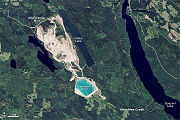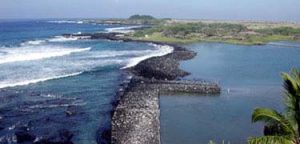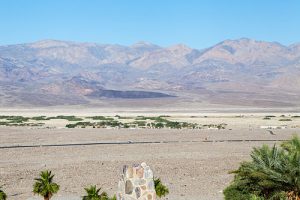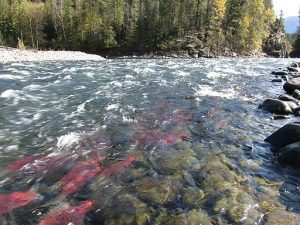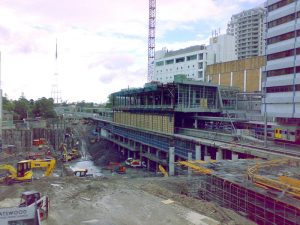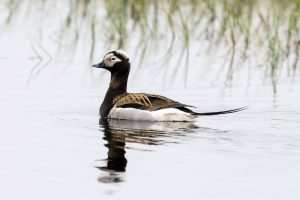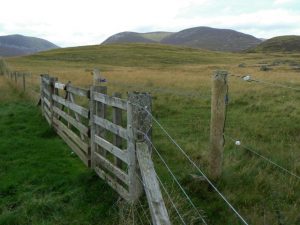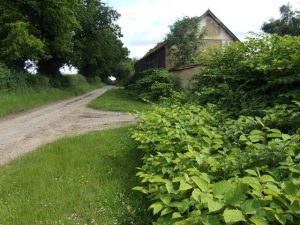Mineral mining versus local peoples’ rights in British Columbia, Canada
British Columbia encompasses the greatest section of the Canadian Cordillera mountain range, which is the Pacific section of the North American Cordillera. This mountain range is extremely rich in minerals, which attracts many mining companies to establish extraction projects in the western province. The most common materials extracted, produced, and exported are coal, copper, gold, zinc, silver, molybdenum, lead, and industrial minerals.
Restoring a part of Hawai’i’s past: Kaloko fishpond restoration
The Kaloko fishpond, one of the three ponds under protection by the Kaloko-Honokohau National Park is located on the Big Island of Hawai’i. Traditionally, the fishpond served as a nursery for fish to grow in, and when they reached maturity, were then harvested for food. The success of the fishpond’s kuapa (seawall) served as a testament to the Hawaiians’ skill and understanding of their natural land.
The Timbisha Shoshone Indigenous People and Death Valley National Monument, USA
Anthropologists have found evidence of an indigenous presence in Death Valley dating as far back as 1,000 years. Therefore, in terms of what can be classified as ‘time immemorial’, the Timbisha Shoshone…
Tribal science and farmers’ resistance: salmon habitat restoration in the American Northwest
North American salmon have significantly shaped the ecological, cultural, and economic standards of the Pacific Northwest. Before European settlement, salmon played an…
Protection of IUCN endangered species from urban expansion and redevelopment
In his book On the Origin of Species, Charles Darwin went over the theory of evolution by natural selection. Alluding to Thomas Malthus’ principle of exponential population growth, Darwin explained that…
The Christmas or New Year bird count ornithological activity – its values and drawbacks.
The Christmas or New Year bird counting is an activity that aims to provide data in conservation biology. It is organized by the National Audubon Society, and it makes huge contributions to conservation.
Vancouver Landfill
Vancouver Landfill, that currently occupies 225 ha, has been in operation since 1966. To date none of the areas of the landfill has been permanently closed. In 2000, a detailed Design and Operations Plan was prepared for the landfill and it includes phase development strategy for progressive closure. An area of the landfill selected for the initial closure consists of 40 ha located in the western part of landfill.
Alligator Skin Handbags
Alligator and other reptile skins are some of the earliest worn pieces of clothing in history. The use of fur and skins in clothing is a result of the want to use the whole animal, rather than waste part of it. Along with this, the toughness and warmth the skins and furs provided the early wearers of these materials with the promise of warmth and durability. Throughout the years this worry became non-existent to the general population, and those in the middle or upper class with more secure financial means raised the demand for luxury furs and skins
Winter Feeding of Deer in Chicago
Populations of wild deer in the Great Lakes states are quite large due to feeding and the lack of natural predators. Illinois, Michigan and Wisconsin are good destinations for recreational hunters where hunting is used as one of the means for population control. Deer can be a nuisance in certain areas as they sometimes overgraze and prevent the regeneration of natural vegetation or urban residents’ ornamentals.
Invasive Species
Invasive species are non-native plants, often introduced by humans, that are capable of spreading and have negative effects on human health, the economy, and the ecosystems which they invade. Invasive species can cause infrastructure damage and they are notorious for damaging the agricultural industry. The development of globalization has increased the pathways and ease by which invasive species can spread into areas.
